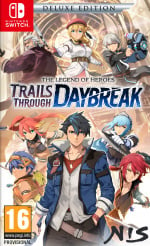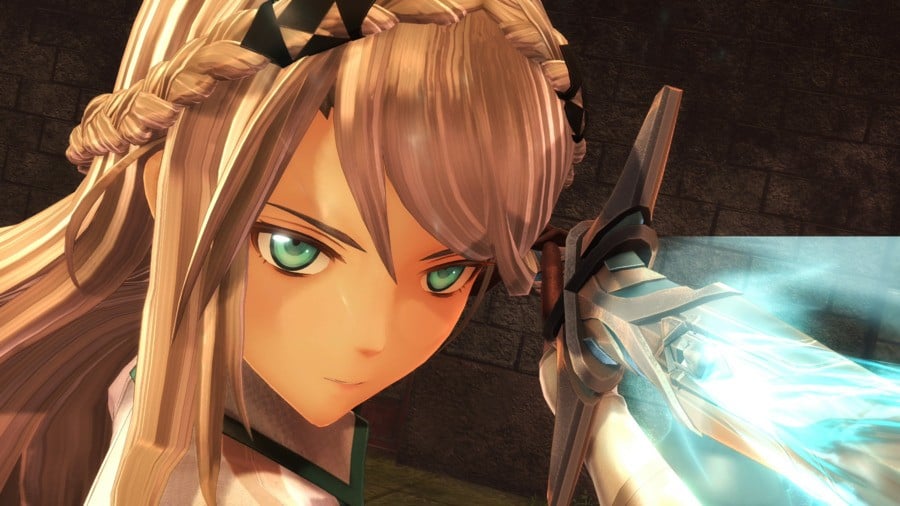
We're always a little bit wary whenever someone says that the latest game in Falcom's Trails series is "a great place to start". We know we've said in the past — as we did with Trails from Zero — but it's a statement we always put a lot of consideration into.
This statement holds a lot of weight in this franchise, both among fans, who want everyone to get the same magical experience by playing the series in the 'right order', and newcomers, who have the daunting task of playing 10 games — all between 40 and 140 hours of playtime each — across multiple different platforms. But for the newest entry coming out in the West later this year, The Legend of Heroes: Trails through Daybreak, it feels a bit different.
 Watch on YouTube
Watch on YouTubeSubscribe to Nintendo Life on YouTube841k
Yes, we're really about to say this: the 11th game in the Trails series might be a great place to start. Not just because it's the start of a new narrative 'arc', and not because the cast is largely new and the game takes place in a new country. But more than any other game before it, Trails through Daybreak looks to refine many systems from previous Trails games. We got all of the details during an exclusive gameplay presentation with publisher NIS America.
Anyone who's played any of the Trails games knows just how important Calvard is. The Republic's presence throughout the franchise has been constant, but this is the first time in 20 years that we've been able to visit the Republic of Calvard. It's a stark contrast to the Liberl Kingdom's own cosy principality, and a huge technological step-up even from Crossbell. Even Erebonia sits in between Liberl and Calvard technology-wise, blending old brickwork buildings with cars, motorcycles, and trains. But in Calvard, and in Trails through Daybreak, technology is king. In fact, it feels very close to modern-day.
That goes for everything, honestly. Calvard is a cultural melting pot. Swathes of people from the East, in particular, have moved to the country, forming the largest Eastern Quarter in Langport, the second biggest city in Calvard and the town we got an exclusive look at. And due to the post-war reparations from Erebonia, business is booming in Calvard.
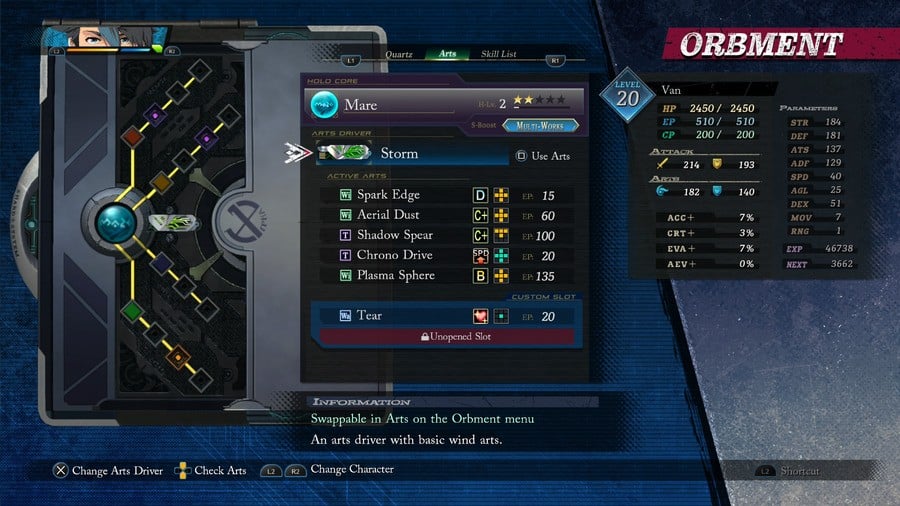
Calvard’s tech is baked right into some of the gameplay systems in Trails through Daybreak. The Orbment system, which allows you to equip elemental orbs to give characters access to spells, has been both refined and expanded, allowing you to equip an AI-powered ‘Holo Core’ that assists during battle and enhances stats. But aesthetically, your orbs are now square and you equip these to a smartphone-looking device rather than a pocket watch or similar. And instead of collecting books or newspapers – a series standard for Trails – you now have to “collect” movies and watch them with your party members. This helps to build relationships with characters, but for Daybreak, these are strictly platonic friendships rather than the more romantic ones you could build in Cold Steel.
In general, while a lot of the Trails mainstays are here, they've all been improved to some degree. We were told that there are fewer missable sidequests and items. But to help tie that handful of missables into the culture of Calvard, they're designed to be region-specific, like particular items or dishes.
Even cooking has been vastly improved for Daybreak. Rather than simply preparing food for stat boosts and healing, you now collect Gourmet Points. Accumulating enough Gourmet Points means your Gourmet Rank will increase, and it will provide better buffs to your party and your food. It makes cooking no longer feel like a tacked-on addition and even encourages you to try all sorts of recipes you collect on your adventures.
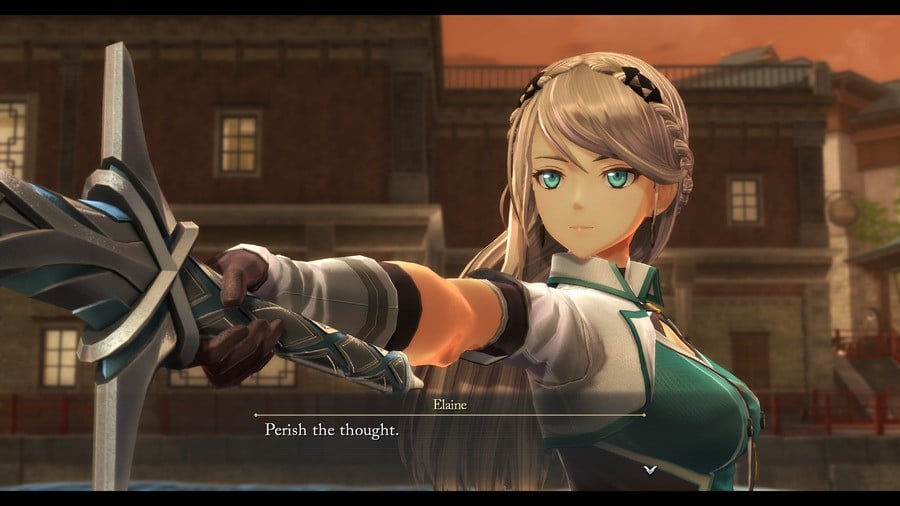
It’s not just the in-game tech that’s seen advancement. Visually, Trails through Daybreak is a step up from Trails into Reverie. Exploring the Eastern Quarter was a highlight, with tons more details in the buildings, character expressions, and more fluid movement. Falcom was testing a new engine in Reverie, which was only used for one cutscene, but Daybreak utilises it fully – how that pans out on Switch, we’ll wait to see (the footage we were shown was all from the PS5 version).
But the biggest enhancements come in the form of combat. Trails through Daybreak is still turn-based at its core, but there is a huge action-based slant added to dungeon exploration. We were shown how this works during the Chapter 2 dungeon Hei Long Stronghold, an abandoned mining town off the coast of Langport. Enemies still roam the field, and you can still attack them and initiate combat yourself, but you can approach this in two different ways. Using Field Attacks, you can enter a Field Battle by attacking the enemy, which will allow you to use action-based combat to defeat a mob. Alternatively, if you want to hop into a turn-based fight but need an advantage, you can fire at an enemy from a distance to stun them, and then enter the fight to unleash powerful moves in turn-based combat. It’s extremely satisfying to watch play out, so we can’t imagine how fun it is to use in-game.
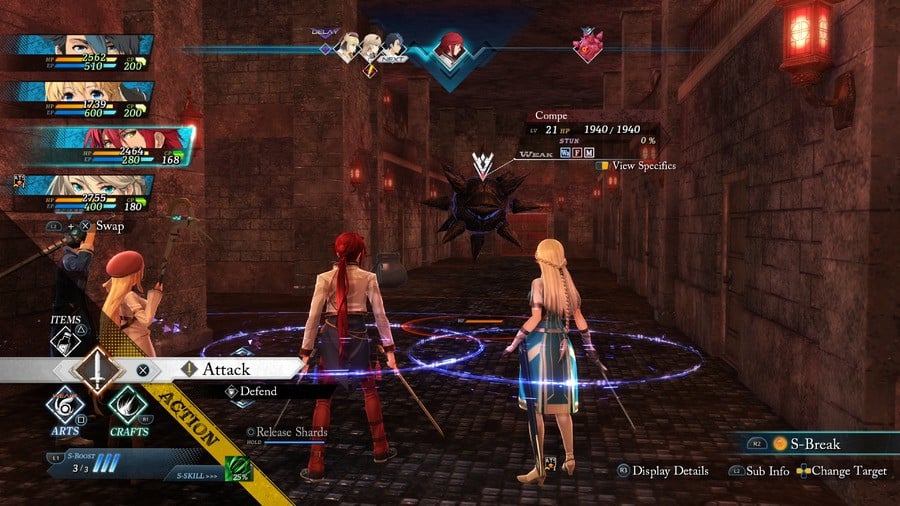
The basics of Trails' combat are still present in Daybreak, and the majority of fights – including every single boss fight – will be turn-based. The one-button touch combat system is back, so commands are assigned to buttons rather than you having to scroll through multiple menus. Crafts and Orbal Arts are the bread-and-butter of damage-dealing. And, as always, space and positioning are essential.
With the latter point, you can now move your character around the battlefield in a limited capacity. Doing this allows you to get closer to your enemies to deal more damage or close enough to an ally to pair up. The blue circle around your character will show when you’re close to a companion, and when you attack, they will follow up with an extra hit. Similar to previous Trails games, but it’s a lot easier to execute in Daybreak. Of course, being close together puts you at risk of area-of-effect spells and multi-hit attacks, but it’s always worth weighing up.
New to Daybreak are Shard Skills, which is affected by the new Xipha Orbment. Xipha mixes the newer, simplified Orbments of the Cold Steel series with the elemental lines from Sky and the Crossbell games, which means that elemental lines make a return. Orbments have separate lines which accumulate an elemental value depending on the colour of quartz you equip. Those elemental values will affect what Shard Skills your characters have access to. These range from elemental attack bonuses to defensive boosts, and even counterattack triggers.
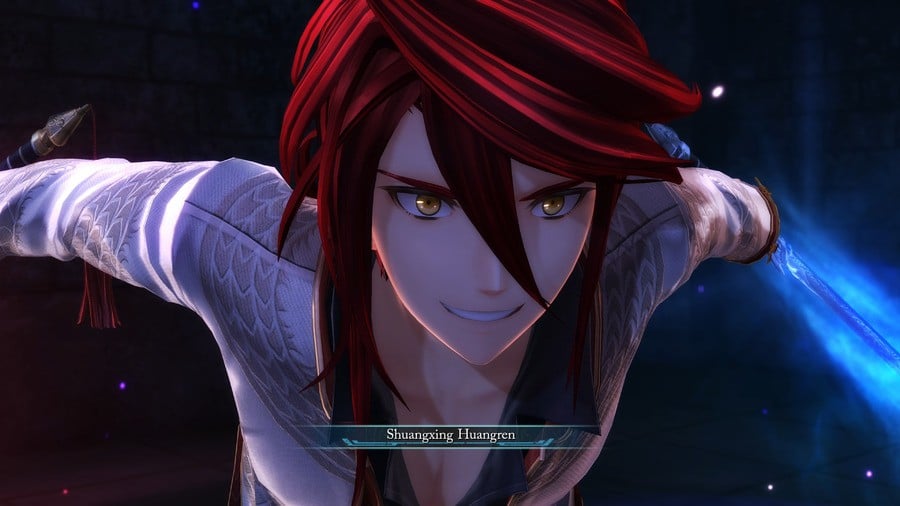
Shard Skills link in with the new S-Boost system, too. You see, Shard Skills aren’t guaranteed to trigger, but you can affect the chance that they’ll trigger by using S-Boost. The S-Boost gauge builds up over time in combat, and by activating even one charge, you can increase the Shard Skill proc bonus to 50% from 25%. Use all four charges, however, and you’ll guarantee its activation. S-Boost is also the only way to use your super special S-Craft finishers in Daybreak, but it doesn’t take long to build up your gauge, so it’s worth going all-out.
NIS America told us that the goal was to make turn-based combat “engaging”, and even if we didn’t love everything in Reverie, combat was the absolute highlight. However, the changes we’ve seen for Daybreak look extremely promising and give the familiar turn-based formula some fresh new wrinkles. We were also told we might just have to stray away from our usual 'evasion tank' strategy that certainly helped carry us through Trails to Azure and each of the Cold Steel games. We’re ready to tinker with those Orbments for hours.
Trails through Daybreak, then, may just be the fresh new start the Trails series needs and deserves. New faces, new places, and plenty of new mechanics – many of which we’re yet to see yet – are all layered upon familiar ground. It feels like the place to point newcomers to, from what we've seen so far. And if it piques your curiosity in the rest of the series, then that’s surely what Falcom and NIS America want.
At the very least you can download the newly-announced demo on 4th June on Switch, which will allow you to play through the game’s prologue and carry over your save data to the main game.
Wait, what’s that – Trails through Daybreak 2 is already out in Japan, with Farewell, O Zemuria launching in September 2024? And those require more knowledge of prior games? Well… we’ll deal with that later.
Please note that some external links on this page are affiliate links, which means if you click them and make a purchase we may receive a small percentage of the sale. Please read our FTC Disclosure for more information.
